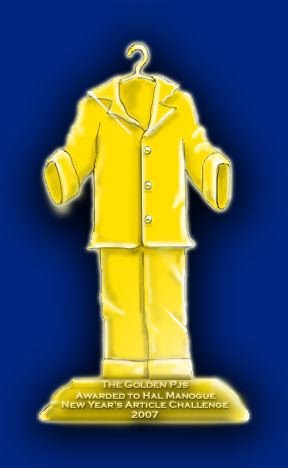It’s a secret which every intellectual man quickly learns, that, beyond the energy of his possessed and conscious intellect, he is capable of a new energy (as of an intellect doubled on itself), by abandonment to the nature of things; that besides his privacy of power as an individual man, there is a great public power, on which he can draw, by unlocking, at all risks, his human doors, and suffering the ethereal tides to roll and circulate through him: then he is caught up into the life of the Universe, his speech is thunder, his thought is law, and his words are universally intelligible as the plants and animals.
Ralph Waldo Emerson in his 1841 essay, The Poet is describing the basic units of consciousness that express themselves in physical life. Faster than the speed of light CU units exist outside as well as inside the framework of light itself. They give it meaning. The extraordinary communication system within the body is dependant upon the constant flow and flux of these units.
Consciousness units form the mind as we know it. The structure of the brain is formulated as CU units permeate mental enzymes. The body’s survival is determined by these units propensity for significance and selectivity. But the body’s reality remains constant in a seeming constant existence thanks to this form of consciousness. Although the body appears permanent and in existence from one moment to the next, it is constantly rising out of a plethora of probabilities. Probabilities hover at the point of now in terms of perception and experience. The body’s stability is dependant on the knowledge of future probabilities as well as past ones.
The present is the result of our own poised consciousness. We limit the present by our own thoughts and beliefs about the nature of our reality. Emerson is challenging those beliefs and in his own 19th century way is explaining that each individual is aware of other intensities and concentrations of consciousness. We use these units to express our individual reality as well as the collective one.
Subscribe to:
Post Comments (Atom)











No comments:
Post a Comment